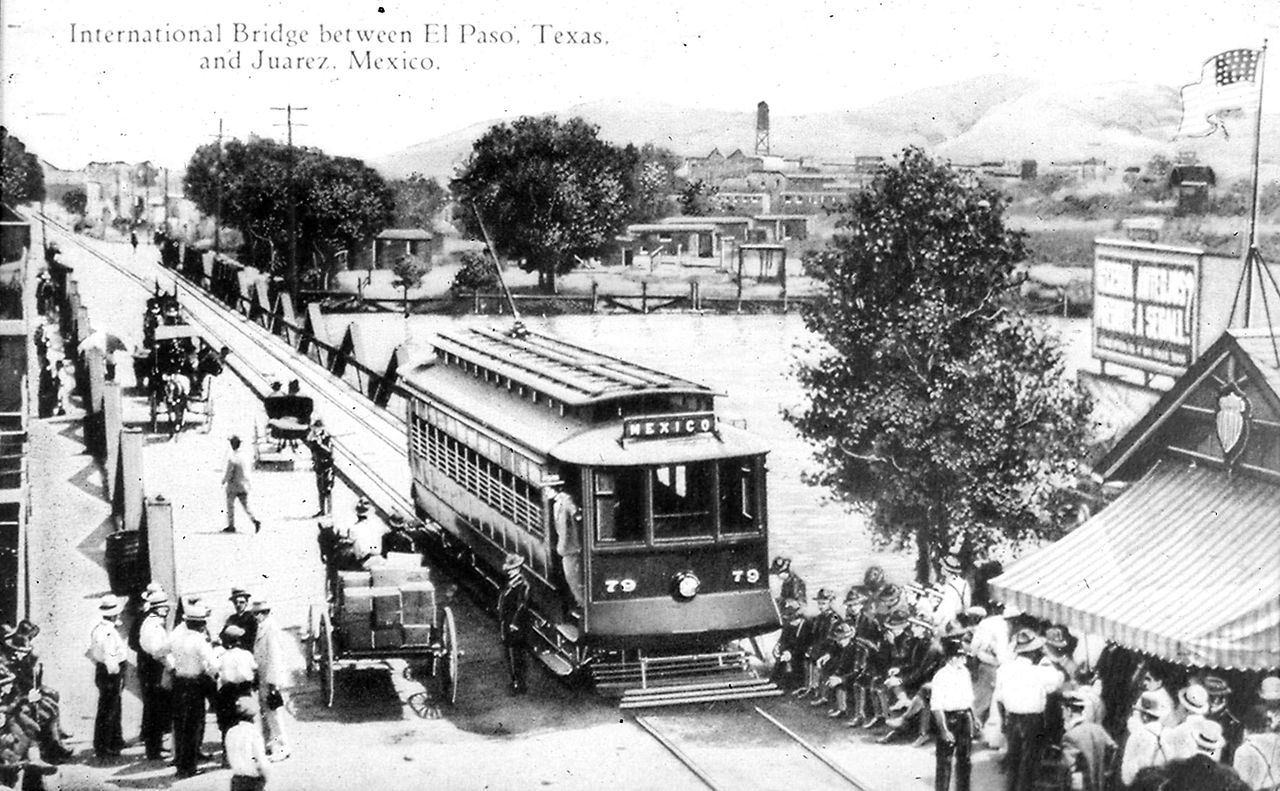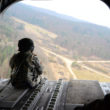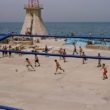Ciudad Juárez
Here in this desert city of 1.3 million, we have progressed from being the most dangerous city in the world for three years—from 2009 to 2011—to the second most dangerous city in 2012. In 2016, we’ve fallen from the grim annual rankings published by Mexico’s Citizen Council for Public Safety and Criminal Justice.
We have faded into the map, to become the city of pain.
The 11,000 people killed over five years during former President Felipe Calderón’s “guerra contra el narcotráfico” seem to exist only in the memories of friends and relatives who survived them. Also left behind are 14,000 orphans, victims of profound institutional neglect. But they’re here, and among these lost children are the sicarios, the assassins, of the future.
Government officials and entrepreneurs are now engaged in a campaign to repair the city’s image. But not its reality. It’s a strategy that has worked in the past, in papering over accounts of the disappearance of hundreds of poor young girls, which first seized the public’s attention 21 years ago.
While it’s no longer news, young women are still quietly disappearing; adding to the list of 112 missing girls and young women, mostly students or workers in maquiladoras, the assembly plants owned by foreign corporations drawn to the border by cheap labor and easy access to the United States. Unlike the tragic killing of 43 students in Ayotzinapa, women who quietly disappear one at a time do not make news.
We have faded into the map, to become the city of pain.
Some continue to insist it never happened. Our former Mayor Enrique Serrano, now the PRI candidate for governor, as recently as February 2015 dismissed the femicides as a “black legend exploited by entrepreneurs and foreign corporate interests to blacken the city’s image, in an attempt to discourage competitors from moving in.”
To be sure, Juárez is no longer the eye of the hurricane, as it was in 2007 when former President Calderón announced he would send in the Army and Federal Police—according to official sources, to combat the violence caused by the turf war between the Juárez and Sinaloa Cartels. The president’s coordinated operation in Juárez would deploy 6,000 soldiers (who arrived in March 2008) and 4,000 federal police officers (who arrived in April 2010).
With the federal forces came a tenfold increase in killings, despite round-the-clock patrols and security checkpoints. Some killings happened within meters of military checkpoints. Kidnapping and extortion became everyday occurrences. The disappearances of girls and young women tripled; their bones are still found in the Juárez Valley desert, and the bones of 21 young women were discovered in the Arroyo de Navajo, a site that had been under constant Army surveillance.
Since federal security forces departed, life in Juárez has returned to “normal.” Killing with impunity is at pre-narco-war levels. The rate of 20 people killed per day is now down to 20 to 30 per month.
Perhaps there are fewer killings because there are fewer young men left to do the killing. But it continues. April 11, for example, began with the assassination of a man at a popular restaurant, another killing in front of a primary school as terrorized children looked on, a third behind the guarded United States consulate. The following day another three bodies were found in a ravine on the Cerro del Caballo, a desolate mountain not far from the city.
One secret of the celebrated “Juárez Recovery” is that those who remain have grown numb to the pain inflicted by years of random violence.
And Juareses, whose characters are forged in the desert, know how to convert adversity into strength. After more than five years of living within a city where cadavers and gunshots were commonplace, and simply to be alive entailed great risk, the public has returned in force to the city’s restaurants and nightclubs.
In February, the “Juárez Recovery” was consecrated by a papal visit. City officials carefully managed every meter of the Pope’s route, dispatching municipal workers on the day before Pope Francis’s arrival to scrub any sign of the pink crosses commemorating the lost girls and women. A group of prominent businessmen prepared a documentary for the thousands of reporters covering the Pope, demonstrating how Juárez went from the most dangerous city in the world to a prosperous city whose murder rates are in decline.
During Mass, the Holy Father never mentioned the victims of the drug wars. He did mention the word “desaparecidos”—all too familiar to a cleric who spent most of his sacerdotal career in Argentina—only once. The invited victims and survivors, seated far behind the politicians, dignitaries, and ecclesiastical delegation, were allowed no opportunity to meet with the Pope, not even to approach him and stretch out their hands to him.
Today, the desert landscape of Ciudad Juárez is a backdrop for help-wanted signs at maquiladoras hiring 15,000 new workers. Since the devaluation of the peso against the dollar, plant managers can hire almost two workers for the weekly salary ($50) they once paid for one. We’re witnessing the second coming of a boom that began in the ’70s and drew hundreds of thousands of economic pilgrims to a city that never considered that workers are human beings who need decent wages, schools for their children, parks, paved streets, and minimal infrastructure.
And drug prices and volume are up, in the principal crossing point for drugs produced in Colombia and consumed in the United States.
When I meet with an orphaned child, or one of the thousands of mothers who lost a child, I ask myself why.
For what purpose were 11,000 people, poor and mostly young, killed in this sun-drenched city on the Mexico-Texas border?
Why?
Judith Torrea is an independent journalist living in Ciudad Juárez, and author of Juarez in the Shadows. This dispatch translated from the Spanish by Lou Dubose.







0 Comments